A sycamore in at Brattahlíð 4 in Hveragerði was nominated as Tree of the Year 2003. The tree has grown up with plenty of room for spreading out, so has a big crown (measured at around 14 m in diameter). Its height in 2003 was 7,56 m, with a trunk diameter of 35 cm. The tree was planted by the owners of the house at Brattahlíð 4, the couple Ólafur Steinsson and Unnur Þórðardóttir, but Ólafur was one of the founders of the Hveragerði Forestry Association in 1950. They have planted a number of tree species in their garden, including maples, cottonwoods, spruces and an ash, in addition to several shrub species, some of them rare in Iceland like a wayfaring tree. All the trees have been given plenty of room to grow, with the Tree of the Year having a particularly large crown. The tree was planted sometime between 1953-1955. When the couple got the tree, they were told it was a Norway maple, but a closer examination of it at the nomination ceremony led to the conclusion it was a sycamore. This is supported by information on the import of seeds to Iceland, as there is no mention of Norway maple being imported at that time.
Location on Google Maps: https://goo.gl/maps/jDAo7BkALxJPDpK66
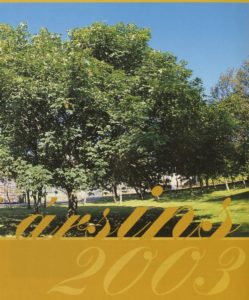

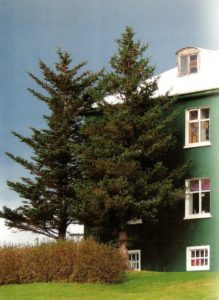
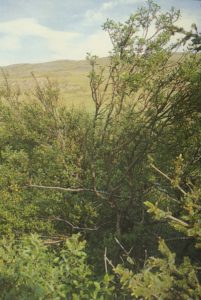
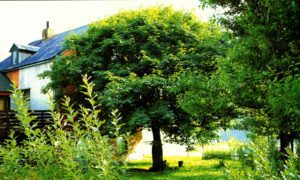
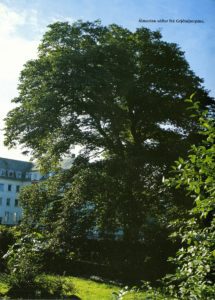
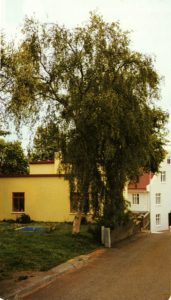
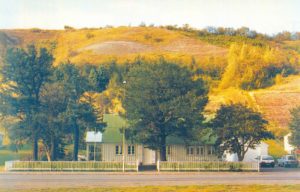
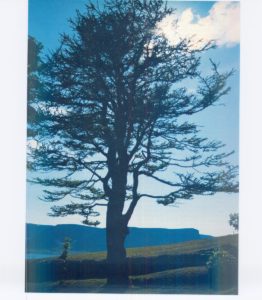
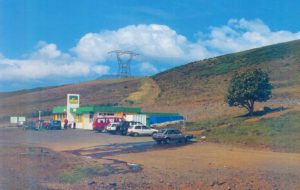
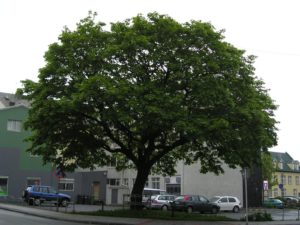

Nýlegar athugasemdir